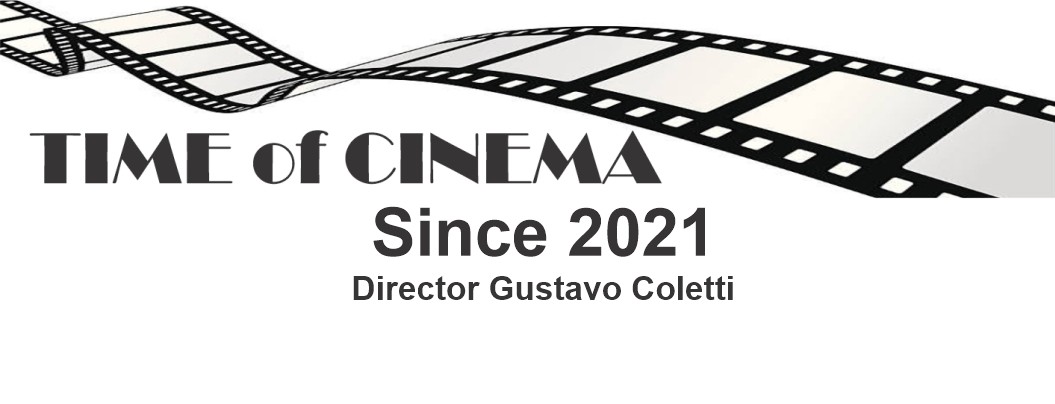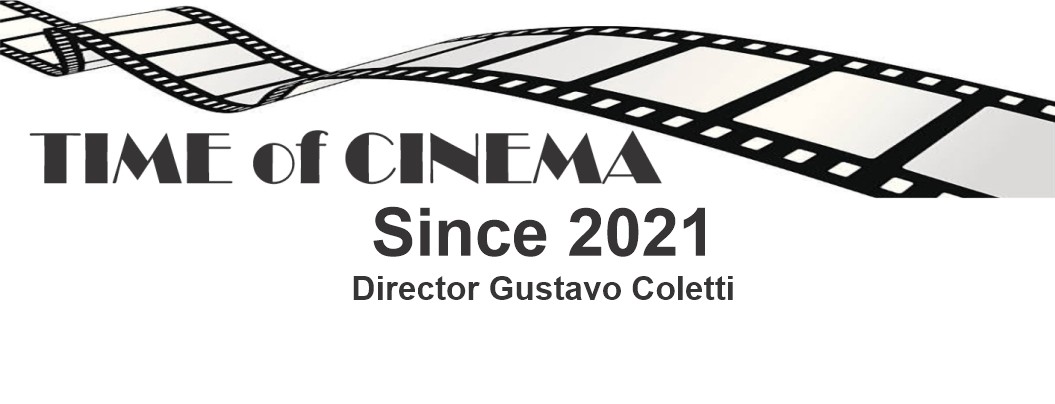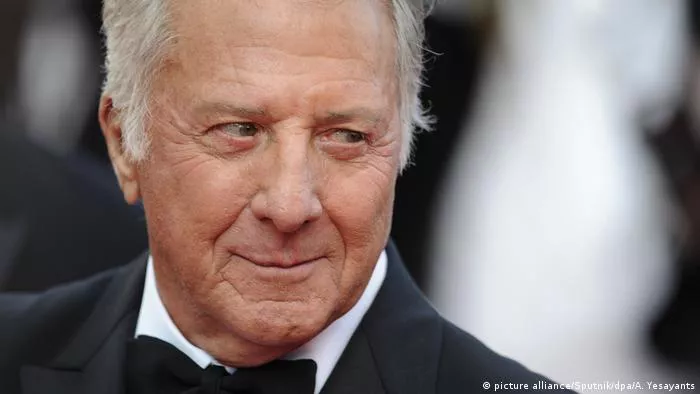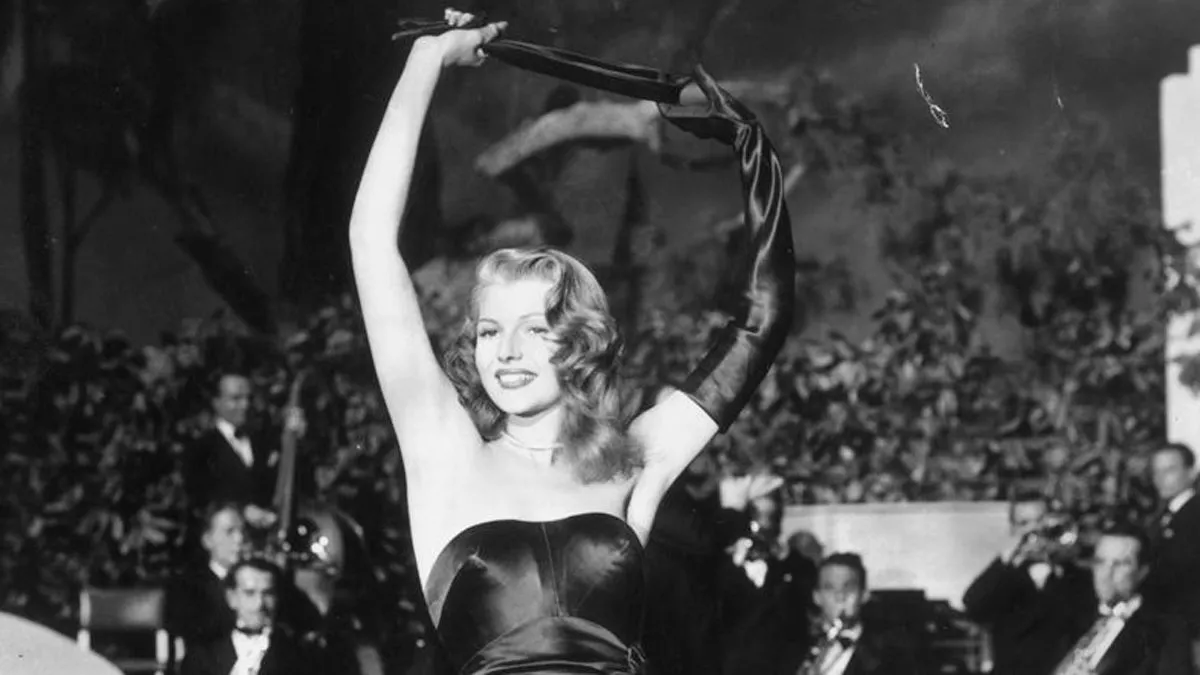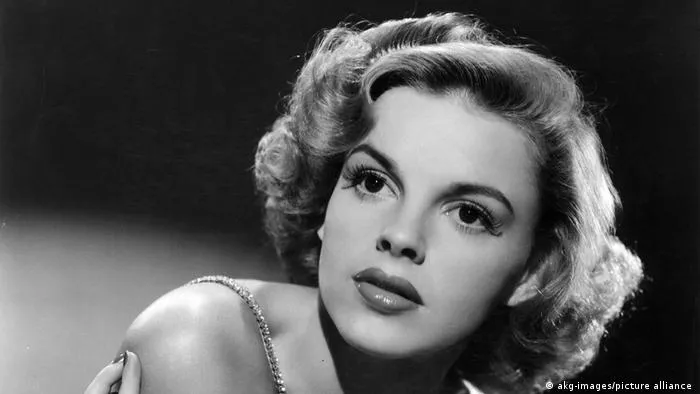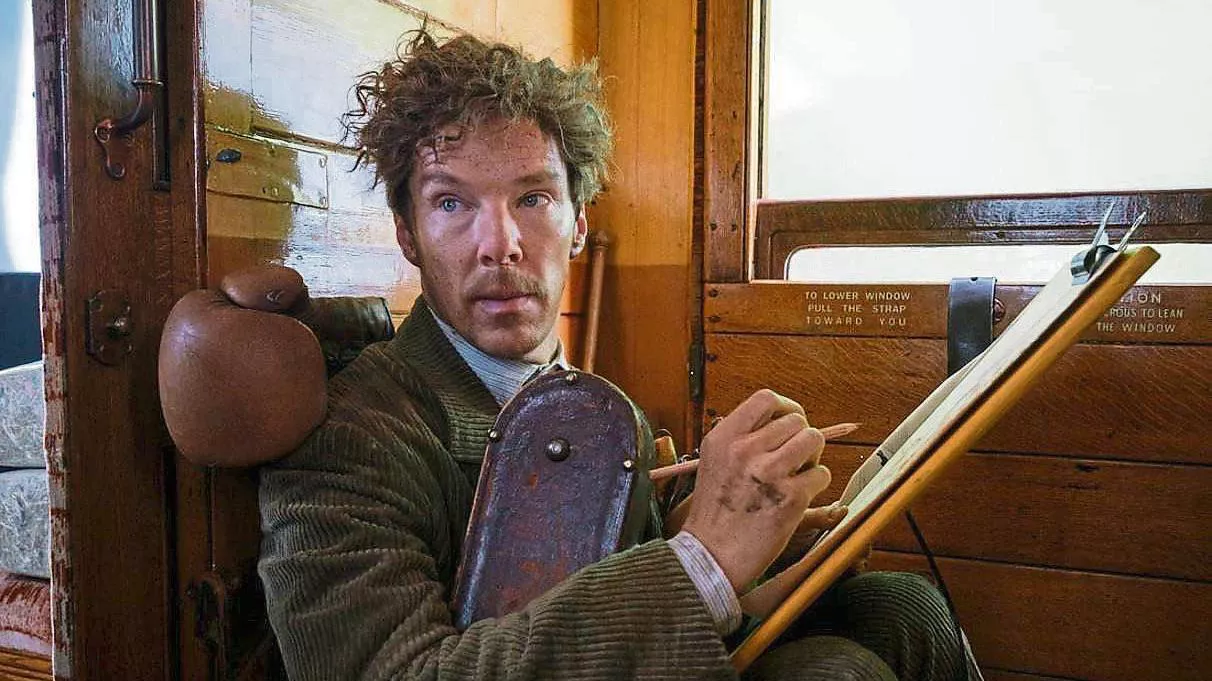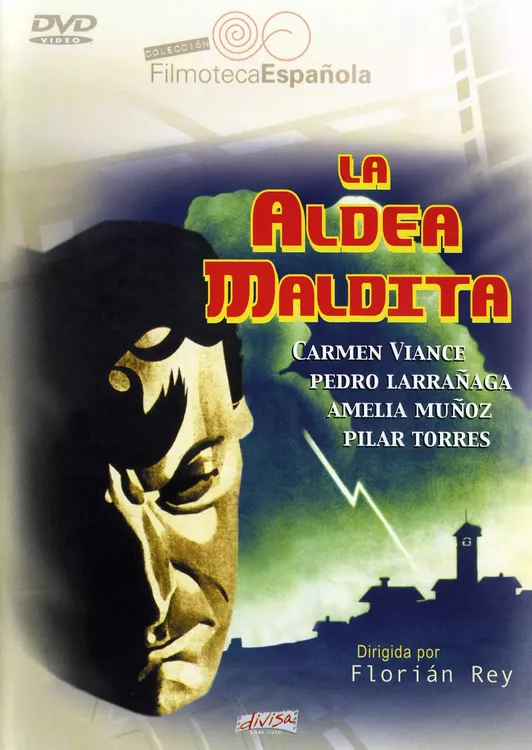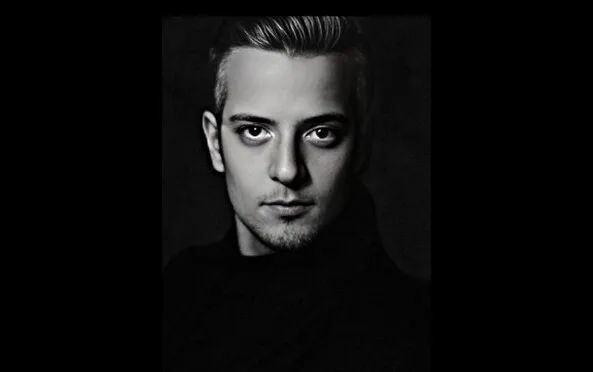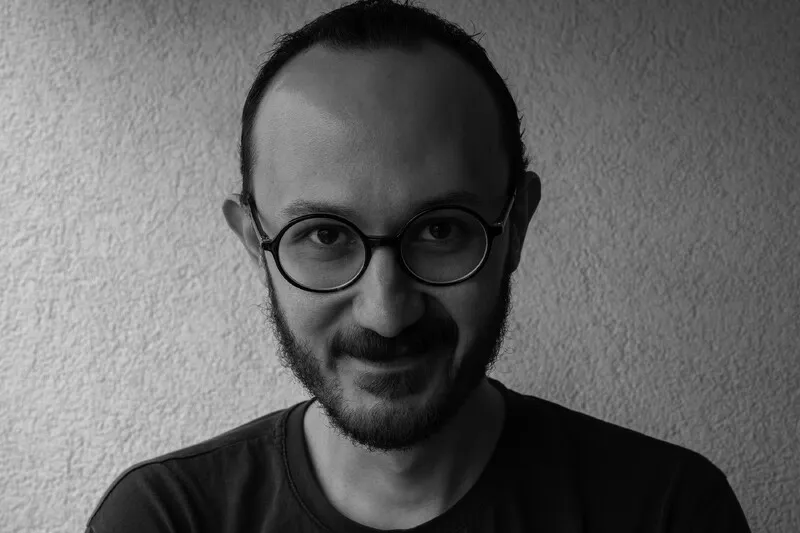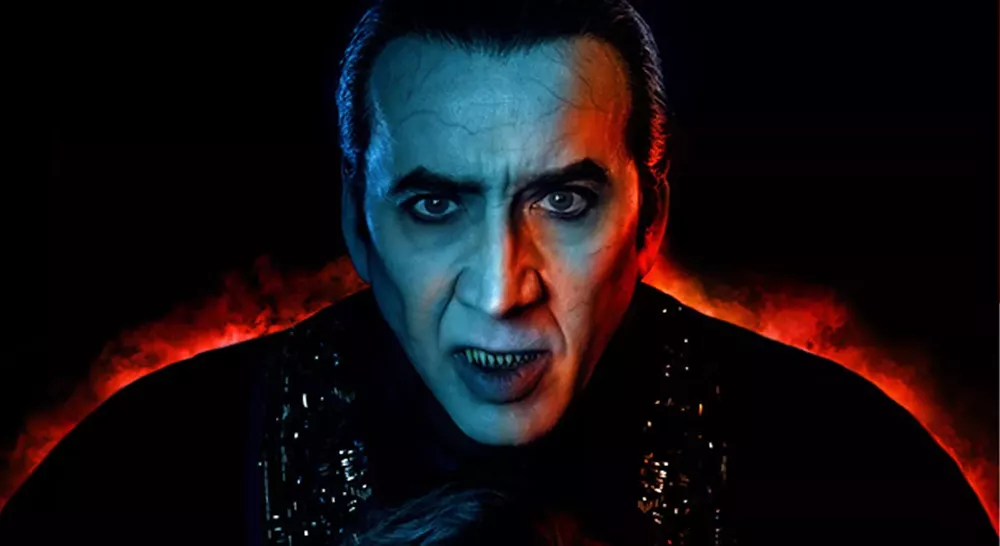
Nueve lecciones de vida que aprendí de Donald Sutherland
Last Thursday, June 20, the chameleon actor Donald Sutherland died in Miami. The actor, of Canadian origin, leaves behind a legacy of almost two hundred appearances in film and television, where his charisma, versatility and professionalism always shone. Hollywood did not appreciate in time one of the great actors of his generation, and wanted to compensate his blindness with an honorary Oscar, which was delivered to him in 2017. In an emotional speech, brimming with lucidity and a sense of humor, he thanked the characters he had played throughout his career, thanking them for having used their lives to talk about their own lives.
GENERAL Alfonso Bueno LópezMany lives were modeled, influenced, renewed or transformed from the characters that Donald Sutherland brought to the big screen. Mine is one of them. So, now that it seems that everything has been said about the death and career of Donald Sutherland, let me do an article a little more personal than usual to talk about how the films of this acting giant taught me to live.
Media obituaries rarely do justice to the legacy of our dead. Sutherland’s case has been no exception. Some headlines barely highlighted that he had played president Coriolanus Snow in the film franchise The Hunger Games. The ignorance of the journalists is slightly excusable, since since the nineties the actor was accommodated in his facet of secondary actor of luxury. As Hollywood became more marinated, the industry proved unable to find a place for one of its most raptured prophets. The 21st century saw Sutherland starring in some mediocre films, but mostly in supporting roles in commercial films and some occasional masterpiece such as La mejor oferta (La migliore offerta, 2013). Time had given him a venerable appearance, with his gray hair and Augustan beard. In fact, in three of his last screen appearances, American Hangman (2019), Miranda’s Victim (2023) and the miniseries Lawmen: Bass Reeves (2023), he played judges.
The violent ones from Kelly.
Gone were the days when he was the most disturbing villain on the big screen. Along the way, he had left behind a series of unforgettable characters, which marked generations: the eccentric commander of The Violent Kelly’s (Kelly’s Heroes, 1970), the detective in love with a prostitute Klute (1971), an extraterrestrial-looking Giacomo Casanova in Casanova (Il Casanova di Federico Fellini, 1976), a member of the IRA involved in a plot to kidnap Winston Churchill in The Eagle Has Landed (1976), the stoner professor of Desmadre a la americana (National Lampoon’s Animal House, 1978), a train robber in The First Great Train Robbery (1978), a bank robber in A Man, a Woman and a Bank (1979), a Victorian spiritualist with impossible sideburns in Murder by Decree (1979), a father who tries to overcome the death of his son in Gente corriente (1980)a middle-class South African who opens his eyes to the abuses of his country in Una arida estación blanca (A Dry White Season, 1989), a priest who investigates a series of murders in Los crímenes del rosario (The Rosary Murders, 1987), the sadistic warden of a prison in Cerrado (Lock Up, 1989), an arsonist in Flares (Backdraft, 1991), the mysterious and anonymous informant of JFK: Open Case (JFK, 1991), an alcoholic lawyer in Time to Kill (A Time to Kill, 1996), a Soviet general in Citizen X (Citizen X, 1995) or one of the ancient astronauts of Space Cowboys (2000). In this article I will not talk about any of these films, but about a handful of interpretations that marked my childhood, when my parents discovered the magic that hid the seventh art.
Murder by decree.
My mother always preferred the bad guy in the movie. If he was ugly better. Donald Sutherland was one of those ugly guys who drove my mother crazy. An attractive man, but irredeemably ugly. With his nine-foot-tall and an ungainly appearance, on his face stood out his ears and eyes of a blue but somewhat swollen. None of that mattered when he smiled, though. Donald had a captivating smile, spiced by a charming touch of sarcasm. When he smiled, he was like the Cheshire cat. The rest of his face disappeared and only those white teeth remained, bright and suspended in the air. That and his mustache, of course. Donald was one of those unusual cases of a man embellished by a mustache. Without a moustache, he had a stubborn face, only fit to play dim-witted characters, such as the prisoner recruited in The Dirty Dozen (1967) or Klute’s private detective. My mother’s passion for Donald Sutherland gave me access to her best films at a very young age, where I learned some of the most valuable lessons of my life.
Twelve from the gallows.
1. Choose well with whom you will share your life
Donald Sutherland is a well-loved actor by fans of fantastic cinema. In addition to starring in two of the best films of the genre in the seventies, he would begin his career as a performer in horror productions, first in an episode of the television series Suspense (1962-1963) and later in two Italian productions: Il castello dei morti vivi (1964), where he would first coincide with Christopher Lee, and Te espera la muerte, querida (Fanatic, 1965), an adaptation of a story by Richard Matheson starring Tallulah Bankhead. More relevant would be his first major role: the man married to a vampire from the episode film Doctor Terror (Dr. Terror’s House of Horrors, 1965),
a classic from the British production company Amicus Productions, rival company of Hammer Productions specializing in anthological films. Although the undisputed protagonists of the film were Peter Cushing, playing a sinister tarotist player, and Christopher Lee, in the role of a cynical art critic who ends up being chased by the amputated hand of an artist, Donald stands out with his role in the latest story of this cult film.
2. Generals look like idiots
Sutherland went on to play in the big leagues as part of Robert Aldrich’s blockbuster The Gallows Twelve, where he played one of the imprisoned soldiers serving as cannon fodder on a suicide mission. The success of this atypical and cynical war film, which had three sequels and influenced films such as Malditos bastardos (Inglourious Basterds, 2009) or Suicide Squad (Suicide Squad, 2016), was due in part to a solid male cast, led by Lee Marvin and Charles Bronson, and with the likes of Telly Savalas, John Cassavetes, Robert Ryan or Ernest Borgnine. Sutherland played Pinkley, the least-clever soldier in the squad, who in a key scene in the film has to pretend to be a general. When he asks what he has to do, the major played by Lee Marvin responds: You’ve seen generals inspecting troops before. Just walk slowly, look like a fool and act like an idiot». Clint Walker was the actor who was supposed to pretend to be a general, but he felt uncomfortable with the scene and Robert Aldrich gave the sequence to Sutherland, boosting his career internationally.
3. Fight for what you believe in
Johnny took his gun.
«He wanted to be part of a revolution that would change cinema and its influence in society», the actor said in an interview. Donald was a committed actor of his time, who opposed the Vietnam War by participating in films such as Robert Altman’s satire M*A*S*H (MASH, 1970), being the first Hawkeye Pierce before Alan Alda took on the small screen, or Dalton Trumbo’s desolate antimilitarist film Johnny took his rifle (Johnny Got His Gun, 1971), where he took part in a small role playing Jesus Christ. Sutherland did not limit his political commitment to his film appearances. After meeting Jane Fonda on the set of Klute, the two began a romance and embarked on a pacifist tour near Southeast Asian military bases, countering Bob Hope’s prob tour. His company, Free Theatre Associates, performed for 60,000 anti-war soldiers in Hawaii, Okinawa, the Philippines and Japan. The tour was documented by director Francine Parker in the film FTA (1972), whose acronym meant «Fuck the army» («fuck the army»). The documentary was removed from theaters a week after its release, according to its director under pressure from the Nixon government. Sutherland maintained his leftist commitment throughout his life. At the age of 81, he declared his discomfort at Donald Trump’s victory in the US presidential election, recognizing that he was ashamed of the privileges he had for being a white man, and concerned about the environmental impact and the erosion of the rights of women and people with fewer resources.
4. Expect the unexpected
Start the revolution without me.
In the 1980s we used methods that today would be considered prehistoric to preserve films. They were recorded on VHS tapes when broadcast on television, at best pausing the recording during commercials. The most practical and economical thing was to record two films on a single 180-minute tape, which often produced disparate diptychs. In one of these films we recorded two films by Donald Sutherland: the sci-fi film The Invasion of the Ultracorps (Invasion of the Body Snatchers, 1978) and Start the Revolution Without Me (Start the Revolution Without Me, 1970), a comedy set in the days of the French Revolution whose plot was a reinterpretation of Mark Twain’s novel Prince and the Beggar, but with double twins. I loved that movie as a kid, probably because it starred Sutherland and one of my favorite actors, Gene Wilder. But it was recorded behind the terrifying Invasion of the Ultra-Bodies, so every time I wanted to see it I had to fast-forward the tape and revisit those iconic scenes that lit up some of my first nightmares, of doppelgängers from another planet pointing and wide-mouthed. Years later I bought the DVD of Start the Revolution Without Me and I could see how terribly bad it was, while Philip Kaufman’s film is an indisputable masterpiece that has aged wonderfully well. But in my early childhood that double session on vhs taught me that to enjoy a little comedy you had to suffer a good deal of terror first.
5. Be careful what you order in a restaurant
The invasion of the ultra-bodies.
Halfway between science fiction and scary cinema, The Invasion of the Ultra-Bodies is an undisputed masterpiece of fantasy cinema and one of the best remakes in history. And that’s what Don Siegel’s original film, Invasion of the Body Snatchers (Invasion of the Body Snatchers, 1956)is a classic of the 1950s that perfectly reflected how anti-communist cold-war-era paranoia spread in a small town in California. Philip Kaufman moved the original plot to the streets of San Francisco in the uncertain years of the late 1970s, whose economic crisis anticipated the conservative turn that would occur in the United States in the next decade. The cast includes Brooke Adams, a young Jeff Goldblum and an unusual Leonard Nimoy, but the undisputed protagonist of this alien pandemonium is Donald Sutherland, absolutely credible in the role of an involuntary hero. There are several scenes of The invasion of the ultra-bodies that left me traumatized in those years of opening to the world: the dog with human head (Jerry Garcia played the street musician), the garbage truck removing the bodies, the sinister priest swinging (a brief and mysterious cameo by Robert Duvall), the half-formed bodies of the ultra-bodies screaming like infernal newborns, the impossibility of sleep... But for some reason I remember the scene that serves as a presentation of Matthew Bennell, the official of the health department played by Donald. In this, the official breaks into a restaurant, accusing the cook of having added rat droppings to a stew. The cook defends himself by making sure those are capers, and Bennell challenges him to eat them. I haven’t ordered any capers in a restaurant since.
6. Let your dead depart
Threat in the shadow.
The great works of horror cinema are rarely mere entertainments, and often include much deeper messages. This is the case of The Invasion of the Ultrabodies, which speaks of the loss of identity and dehumanization of the individual in the big cities, and also of the other great horror film played by Donald Sutherland, Menace in the Shade (Don’t Look Now, 1973), Nicolas Roeg’s brilliant adaptation of a story by Rebecca’s author, Daphne Du Maurier. Menace in the shade talks about how to learn to live after the death of a loved one. The film begins impeccably, with Donald Sutherland trying to revive his little daughter, who has drowned in a lake. Once again, looking at that scene in childhood left an indelible imprint on my retina. It was already impossible for me to see a crimson coat without the red raincoat that the little girl in the film wears coming to my head and advancing this terrible and erotic story, set in a spectral Venice and played by Donald and a fabulous Julie Christie.
7. Euphoria is one step away from anger
In the rankings that have appeared in the media following the death of Donald Sutherland, as plague of lobster (The Day of the Locust, 1975) is usually the great forgotten. Something totally unfair, because it is one of the best performances of the actor. Director John Schlesinger, responsible for such provocative titles as Midnight Cowboy (Midnight Cowboy, 1969) or Sunday, cursed Sunday (Sunday Bloody Sunday, 1971), adapted Nathanael West’s short novel The Day of the Lobster with grotesque imagery, where the writer expelled demons from his experience as a screenwriter in Golden Hollywood. In the line of Kenneth Anger’s essay Hollywood Babylon, Schlesinger dissects the violence that hides the hunger for fame and the cult of the stars. Karen Black,
Burgess Meredith and William Atherton are perfect playing their characters, but again it is Donald who stands out in the film, populating with realism and humanity the simple character of a man of little light called Homer Simpson (Matt Groening, this can not be casual)which would have fallen into the hands of another actor in the field of caricature. Watching the Homer Simpson of Sutherland cry with sadness contemplating a lizard, before the gesture of contempt of one of its neighbors, is a lesson in film art. The end of the film is one of the most distressing closures in the history of cinema, a masterpiece with capital letters that I also discovered as a child, which shook my soul to unsuspected limits, helping to cement the human being I am today. As expected, Hollywood ignored this sordid and hopeless work, one of the darkest representations ever made about the construction of myths in the factory of dreams.
8. Loves animals and children
Novecento.
1976 was the Italian year of Donald Sutherland. In addition to taking orders from the great Federico Fellini to play Casanova, the actor played the most ruthless villain of his career in Novecento (1976), the Italian epic of Bernardo Bertolucci on the decline of the feudal era, the birth of fascism and the communist struggle of the peasants at the beginning of s. XX. Donald played with a singular fervor the black shirt Attila Mellanchini, a fascist in the service of the bosses who dedicated himself to crush kittens with headaches and kill children in sinister sexual games. As I said before, my mother liked the bad guys in the movies. But everything has a limit. She could never see the most violent scenes of Novecento. The portrayal of the violence of fascism by Bertolucci and Sutherland is so virulent that there is no room for sympathy for the villain.
In the times we live, it is more urgent than ever to recognize in this Attila Mellanchini the danger of fascism, and to love all that fanaticism and populism want to destroy.
9. Death is not real (at least in the cinema)
Probably the most important lesson I learned from watching a film starring Donald Sutherland was to see how he played a German spy in The Eye of the Needle (Eye of the Needle, 1981), Richard Marquand’s adaptation of the novel Island of Storms, by Ken Follett. In one scene in the film, the ruthless spy kills a woman with a knife. I remember how that scene struck me when I was little. The blood of the victim seemed too real to me. My grandmother wanted to relieve me, and told me that it was not blood, but ketchup. Unfortunately, she did not pronounce the word too well, she said something like «catus». For a while I was convinced that the actors and actresses put cacti inside their clothes when they had to simulate a bloody death, so that the injured plant produced the blood necessary for the scene. It was then, thanks to Donald and my grandmother, that I discovered that in movies everything was fiction, even death. I’d like to think that Donald’s death isn’t real either. In a way it isn’t, because he achieved immortality thanks to his characters. So your smile will remain suspended in the air, like a friend who teaches us to embrace life in all its intensity. Thank you therefore, Donald. Bon voyage.
